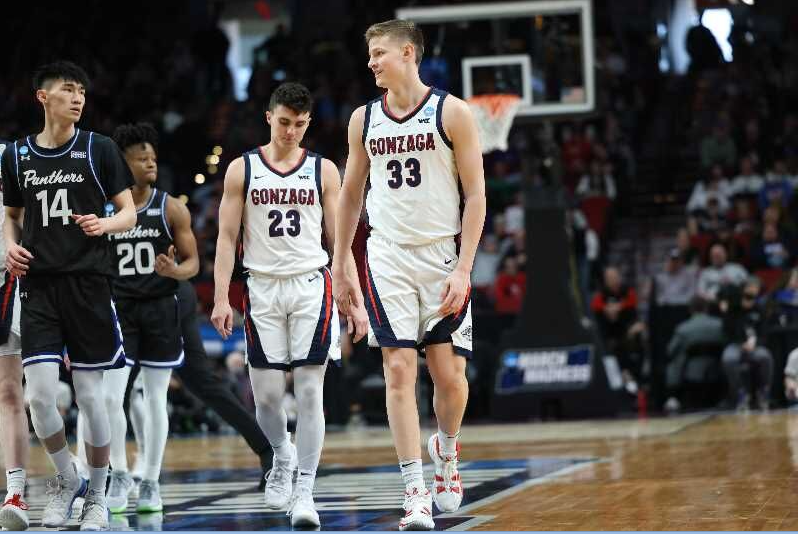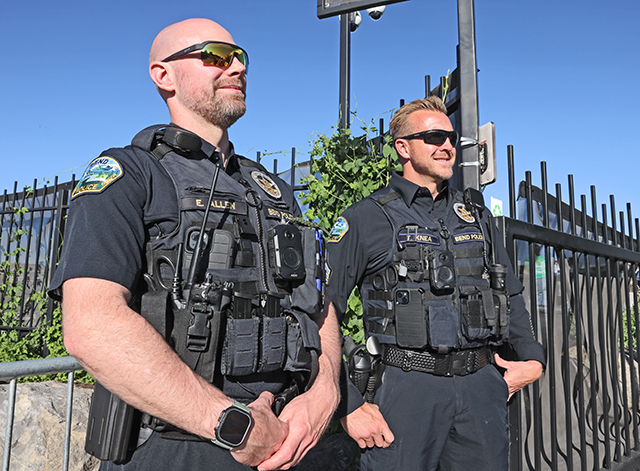Hunter bags record ram
Published 4:00 am Saturday, January 6, 2001
When Dave Prock found out he had drawn a Rocky Mountain bighorn sheep tag, he hoped he could bag a respectable animal.
What he ended up with is a new Oregon state record, the second-largest ram ever taken in the United States, and one that scored in the top 10 in the world.
”It’s unbelievable,” said the 45-year-old Prock, who lives in Milton-Freewater. ”I was just hoping that we would find a nice ram. Any ram up there is a nice ram. My concern was to just find one.”
The ram, taken in the Eagle Cap Wilderness of the Wallowa Mountains on Sept. 9, was officially scored on Dec. 28. It tallied 203 and five-eighths points by Boone and Crockett to easily break the old record of 198.
Prock’s ram also scored higher than the famous ”Spot,” another ram long sought after by hunters that died of natural causes. Spot, found by Oregon Department of Fish and Wildlife biologists, scored 202 and seven-eighths.
Prock’s ram came to be called ”Forty-four” because of a No. 44 ear tag that the ODFW put on him as a yearling. The 9-year-old ram was known among hunters because of his large horns.
”They looked for him and tried to get him,” said Vic Coggins, an ODFW biologist based in Enterprise, noting that even several bighorn sheep auction tag purchasers had spent time looking. ”Nobody found him until this year.”
”We made jokes,” said Prock. ”Wouldn’t it be funny if we ran into him?” Prock scouted the area with friends, including a former bighorn sheep guide. Two days before the season they located four rams, and on the day of the hunt they hiked up into the mountains.
They maneuvered to within 400 yards, and then ducked behind a ridge to close the gap to 200. But the animals moved also, and when the hunters looked over the ridge they were within 20 yards of the four sheep. It was then that they saw that one of the rams had an ear tag.
”You could tell he was just a monster,” said Prock.
One of Prock’s companions leaned out to try to read the tag and was spotted by one of the smaller rams, sending all four into a trot. The three smaller rams went by first, and Prock shot and hit the fourth. When the ram kept running, he shot again; the ram dropped about 70 yards away.
”After he went down we realized we had hit the jackpot,” recalled Prock. ”We knew then that we had an exceptional one that we had dreamed about.”
Prock’s ram came out of the Lostine herd, which numbers about 80 animals. That herd was started in 1971 with a transplant of sheep from the Canadian province of Alberta, and it has since produced some exceptionally large sheep.
”It’s really good habitat and really good genetic stock,” said Coggins, noting that more trophies are still in the herd and undoubtedly more will eventually grow into trophies, perhaps even of Forty-four’s stature.
”We always have replacements,” said Coggins. ”And this was one of our better lamb crops, and probably a lot of those lambs were out of him.”






